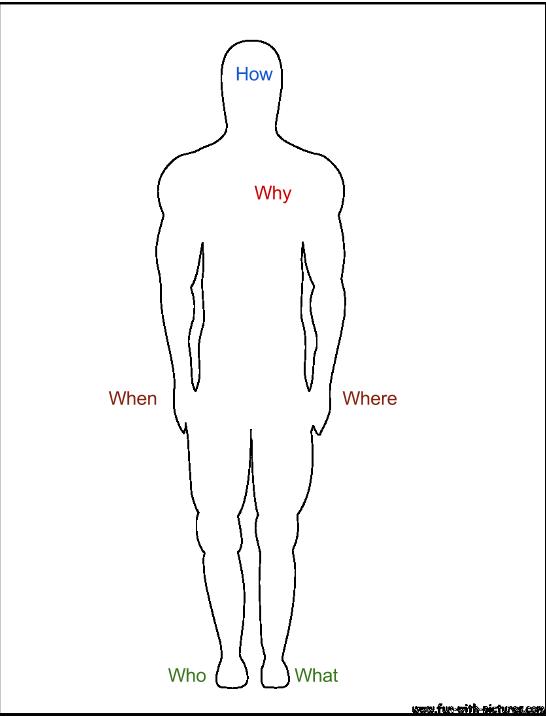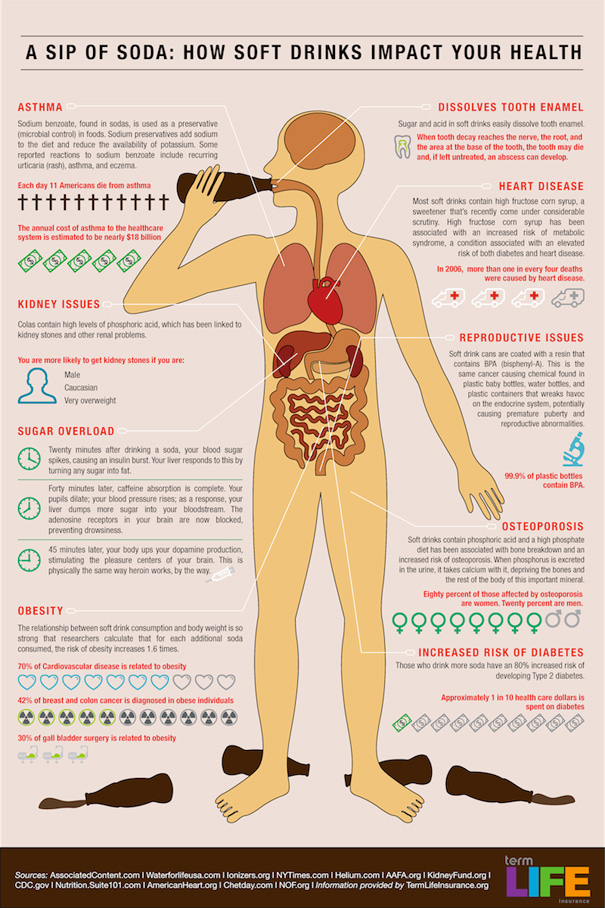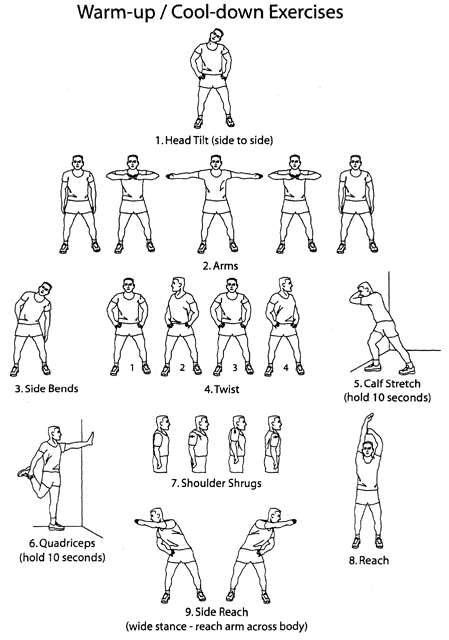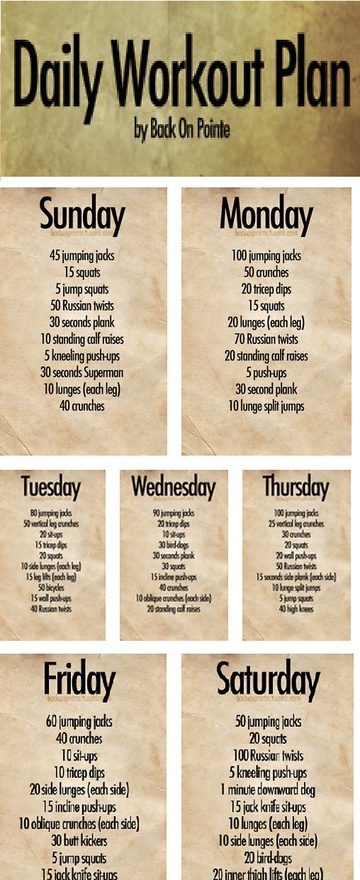Archive for the ‘Uncategorized’ Category
Tramp-boarding the Right Way
Tramp boarding is an underground sport that is usually practiced by skateboarders or snowboarders when they are just goofing around at home. Many people enjoy tramp boarding because it gives them a chance to get on their beloved board with the added benefit of being able to jump higher than ever before.
Skateboarders and snowboarders will likely view tramp boarding in slightly different ways since one sport has a board with bindings for the feet and the other goes without. The main difference between the two types of boards that you could use is the tricks that you will be able to perform with the different boards.
The tricks that you can do with a board without bindings basically reflect the tricks that are done on a skateboard but are usually more exaggerated. There are plenty of flip-tricks with the board rotating freely underneath you.
Tramp boarding without bindings can be a satisfying experience because you can do get double, triple or even quadruple rotations out of the board whereas on a normal skateboard you will likely only get two rotations with a huge effort. This has to do with the board being lighter and lacking trucks which hinder the rotation as much as it has to do with being able to jump higher.
If you want a tramp board with bindings you will be able to practice and perform tricks that are usually done on a snowboard jump. If you have bindings you will probably spend your time doing tricks that involve flips and spins along with grabs.
Skateboarding decks can be used for tramp boarding and this is probably the most common method. You should be careful with old decks however, since rough wooden edges on an old skateboard can quickly destroy the woven mesh that your trampoline or rebounder uses for a jumping base.
On that note, it should be said that snowboards used on a trampoline will likely end in disaster since snowboards are heavier and usually have sharp metal edges. The best method for a tramp board with bindings is probably a snowboard type sled with simple bindings that go over your shoes and a basic hard plastic body.
If you are going to use a skateboarding deck you should take measures to soften up the edges so that they don’t ruin your bouncing surface. One common method involves wrapping your board with duct tape so that the edges are not ever ripping against the wood.
Make ‘Why’ The Heart of Exercise
I have been thinking a lot about the ‘why’ people should exercise. There are so many different methods to ‘how’ we should do it. The ‘where’ and ‘when’ do not change for most people, either at home or at the gym or in the park, not to much of a question their. Of course the ‘who’ is me and you. The ‘why’ though, that is the big question.
In our lives we try to quantify everything. We count calories, time miles, measure weights and take stats of everything we do so that we can see improvement. Though seeing results is fun and very motivating, I don’t think that is why we exercise.
I saw this diagram of the human body outlining the who, what, when, where, how, and why, and even though at the time it was outlining something completely non-health related, I found it very applicable. In fact, just for fun you can try applying this to anything, it is kind of fun.
 How of Exercise: How is the method used, whether you are going weight lift, run, cross train or what have you.
How of Exercise: How is the method used, whether you are going weight lift, run, cross train or what have you.
When and Where: These are the hands that will carry you on your bath to fitness and a healthy lifestyle. Make your when and where a set time and place, making your hands sturdy so to help you keep from slipping.
Who and What: Your legs are what move you. What you are doing is going and who you are doing it with or for are going to be helpful motivators.
Why: This is the heart of exercise. It doesn’t matter who it is for, what is happening, where you are, when it is, or how it will happen, unless you have a firm and strong ‘Why’.
Find your ‘why’ and let it motivate you. Make that the center of your exercise. Do not concern yourself with numbers, pounds, statistics or anything like that, just continue doing what you are doing for your own reasons.
Having a strong why, is like having a well trained heart. The heart is the muscle that promotes endurance, those with strong hearts can run for longer periods of times without stopping. Try to get a strong ‘why’, one that will keep you moving even when times get tough.
Article written by Thom, a 22 year old college student studying English at Dixie State.
Warm Up and Cool Down
Warm Up
A warm up is an essential part of any routine. It is necessary to activate your muscles and loosen them up before you start exercising otherwise you run the risk of hurting or damaging your muscles. So when warming up your muscles for any activity go throughout your whole body, starting with your head and moving down to your toes.
Cool Down
Doing these routines after exercise helps to get that little extra muscular tear to help elongate the muscle. This will help to create a lean and tone physique rather than just a bulky meaty look. It will also develop functional muscle gain rather than pointless mass.
Having Fun While Rebounding
Rebounding is no exception. As fun as it is to jump up and down on a mini-trampoline, or a rebounder, the simple fact that it is a repeated motion makes it, in some cases, somewhat undesirable.
However, there are many different techniques that can be employed so as to make jumping up and down on a trampoline a lot more entertaining. Keep in mind though, this is the nature of exercise, sometimes it takes a little effort to push through these slow times.
First, one of the easiest ways to make working out on a rebounder a little more bearable is to simply watch television or listen to music while doing it. Of course, this is painfully obvious, but it is a nice reminder that rebounders are very portable and can be situated right in front of the television.
Furthermore, music is a great way to make rebounding more exciting as certain types of genres of music can be reflected in the jumps that are being performed. For example, for faster paced music quicker jumps so as to be on tempo with the music can make rebounding and exciting challenge.
Another silly way to make rebounding a whole lot more fun is to simply imagine different scenarios while rebounding. One of the most obvious, yet perhaps one of the most fun scenarios to imagine is walking on the moon.
Think about it, every bounce is another bound towards discovering a new and exciting frontier. Or even imagine, while jogging in place on the rebounder, being in the last leg of an Olympic marathon.
While it may sound silly, it is a plausible tactic to make the whole rebounding experience a lot more enjoyable. Although, it is recommended that the use of sound effects and props should be something that is done only in the privacy of a basement or a family room with the shades drawn.
There are many different techniques that can be implored to make rebounding or any other type of exercise a little more bearable. However, there is no substitute for a purpose and sheer grit and determination in times when the progress seems slow.
The Simple Benefits of Rebounding
There are very few exercises out there in the world today which are quite like the rebounding. At first glance rebounding may seem to be nothing more than jumping up and down on a mini-trampoline, and for some people that is all it amounts to.
However, there are so many different ways to use a rebounder that a person using a rebounder has the ability to exercise most any part of their body, including the insides. When done correctly, rebounding becomes more than just simply jumping up and down.
One of the most apparent benefits of using a rebounder is that fact that rebounding itself is a low-impact exercise. This means that joints will be protected from excessive wear and tear, unlike exercising on a hard surface.
This makes rebounding ideal for those who are a little further along in years and have trouble with exercising because of joints. This also means that rebounding can help prevent problems later in life such as joint pain, which may come from stress on joints over a long period of time.
The fact that rebounding is a cardio exercise automatically gives it the benefits of regular cardio exercise, along with all the different benefits included with rebounding. This means increased metabolism for less trouble burning fat.
One of the biggest advantages to rebounding, which is actually stressed quite often, is the effect that rebounding has on the lymphatic system. The lymphatic system, similar to the bloodstream, that circulates throughout the entire body.
This system has very important tasks to perform, including the circulation of white blood cells throughout the body and also the transportation of waste. Unlike the bloodstream the lymphatic system is circulated through movement of the body and not the heart of some other organ.
The rhythmic jumping motions of rebounding can help to circulate the lymphatic system, thus allowing the many different benefits of increased circulation to lymphatic system, which essential cleans out the body. The health benefits of rebounding go on.
Above all, a rebounder, unlike many other exercise machines, is relatively inexpensive and takes up very little storage place. Some rebounders can even be folded into different sections which allow for even better portability and are even more convenient to store.
Rebounding is a great way to be able to get into shape and has so many different benefits that it seems almost unbelievable. However, the only way to find out is to personally try one. It could make all the difference in the world.
The Beauty of Rebounding for the Elderly
It is pretty apparent that in today’s culture there are a lot of different demographics that people have to cater to. Between little children and college students, there are so many factors that go into designing clothes and other types of everyday items it can be overwhelming.
One demographic that seems to be so very present in certain parts of the country is the elderly. Now, many have come to know the elderly as slow drivers and cranky old people, and there is a lot of truth to those statements. However, this demographic makes up about 13 percent of the population.
With that being said, even though many would have it otherwise, it is important to cater to this demographic as well. That could very well be the reason for senior citizen discounts at restaurants and national parks.
Despite all these perks that senior citizens get purely by virtue of advanced age, there but only a few types of exercise equipment that can be used by these people. Senior citizens need exercise too.
Although there is an excess of elderly folks walking the trails or doing some kind of other exercise such as pickle ball or golf, there is one particular piece of equipment that can do wonders for this demographic. That is the rebounder.
The rebounder is essentially a mini-trampoline that provides an easy, low-impact workout that can be enjoyed by anyone of any age. The exercise is essentially bouncing up and down on a trampoline.
Although this may seem easy, the intensity of the exercise is controlled by how much the user puts into it. For example, for a really intense exercise, the user needs no more than try to jump higher or try to light legs up higher when jogging in place.
This is ideal for senior citizens as there is no preset pace that has to be kept only as fast as can be done safely. What is even better is the fact that many rebounders come with a safety bar that can attached for added safety and stability.
This is more of less the holy grail of exercise for people of this age demographic. There are very few, if any, other types of exercise equipment that offer this many benefits to this particular demographic. It is also great for rambunctious grandchildren who need to lose a little bit of that youngster energy.
Make It Count With a Calander
Investing in a calendar was the best idea I ever had. It cost approximately nine dollars, and that is because I wanted to get the one with the rock climbing pictures on it. This single investment has impacted my health and fitness more than any other, but that may be because I have yet to buy a treadmill, elliptical, rebounder, or stationary bike. You see, I believe in calisthenics and body weight resistance. The best part about these is that they can be done without any external apparatus. All it takes is a little motivation, and that is where the calendar comes into play.
Make a deal with yourself, everyday that you exercise you can cross off a day on your calender. This allows you to keep track and kind of view your progress. I like to use a big red sharpie personally, but if you prefer to use a dainty pencil to cross the days off that is fine, whatever suits your prerogative I suppose. Simply having a single X to record your progress is something, and after just a couple days they start to add up quick.
So here is what you do. Buy a calender, a sharpie, and set up a fitness routine. I’ll provide the first one. Don’t worry it isn’t hard, each day has about a 10 minute workout. It is a great little cardio routine to blast belly fat.
About every month you should switch up your routine. Perhaps you could take this one provided and tweak it a bit to get a little more resistance.
Rethinking Failure
Preface: The idea of this article is fairly universal, but it may help to think of it in terms of exercising and learning to change your lifestyle.

There is something of a stigma in our society attached to failure. People look at it is if it were the plague, and that is fairly reasonable. Nobody gets up in the morning and tells themselves that “today is a good day to fail!” However, for some of us, we need to rethink the way we see failure. We need to all realize that we are all going to fail at some point and it’s not going to be the end of the world.
Failure is an inevitable and necessary part of life, but sometimes we look at failure as a loathsome disease, feeling strong and often times overwhelming feelings of displeasure and shame. This is especially true for those obsessive-compulsive over-achieving perfectionist personalities and oftentimes we are conditioned to beat ourselves up if failure rolls around.
Life is full of failures, small failures. It’s those small course corrections that we learn from. It’s like falling down, but picking yourself up afterward. The key is to laugh, to learn, and to grow from the daily minor failures.
I was recently reading an article on this very subject, and it really hit home, because I myself hate the idea of messing up. I just want to do things once and do them perfectly. I hate the idea of having to repeat something again and having to start over. However, this article suggests three things that we need to consider and do when dealing with failures:
1) Acknowledge – You first need to acknowledge the failure or mistake. This can be very difficult for some of us because we are constantly trying to hide or minimize our faults and failures. Now that doesn’t mean going around flaunting everything you have done wrong, but it does mean reconciling yourself with the fact that sometimes you do make mistakes. You can even poke fun or embrace those failures, which may in turn end up completely changing the nature and the outcome of a failure.
2) Breathe – Sometimes we tend to tighten ourselves up when we fail, so try instead to notice your breath. Consider the fact that you are still breathing and you are still alive, in the in midst of difficulty and failure.
3) Learn – We oftentimes tend to become self-critical and we bash ourselves for the mistakes we make. Instead of spending our energy on beating ourselves up, try instead to think of a solution, consider what you can learn from any given mistake and use that as a point of growth instead of a point of stumbling. However, the fact of the matter is, in order to grow, we must stumble. No one’s perfect.
So, these are just a couple of things that I learned about failure and about becoming a better me. Again, consider this in whatever context you want, but since this blog is more or less devoted to becoming healthier, remember that it is okay to make mistakes as long as you learn from them, and come back stronger and more determined to reach that peak level of fitness.
Carlos Morgan is a 22 year old Communications Major hoping to get into Law School one day and make a difference. If you feel you want to know more, check out his Google+





